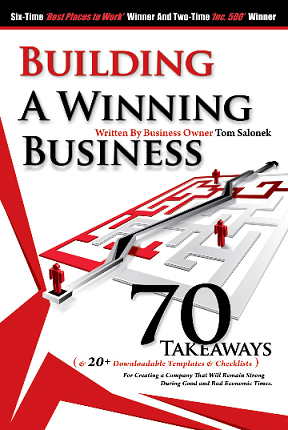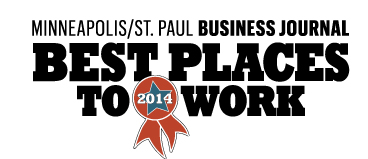Building a Winning Business – Patience with New Employees
 With introductions and administrative formalities out of the way, it’s time for your new team member to roll up his proverbial sleeves and get to work. Understandably, your expectations are high. You’re finally going to see this genius in action!
With introductions and administrative formalities out of the way, it’s time for your new team member to roll up his proverbial sleeves and get to work. Understandably, your expectations are high. You’re finally going to see this genius in action!
Take a deep breath,make a cup of tea, and repeat this ancient Chinese proverb three times: “He who makes no mistakes, usually makes nothing at all.”
With software and probably every other creative endeavor in the world, a poor first draft is almost a requirement. Just expect it. Actually, do more than that. Give your new employees support and encouragement—you know they’re capable of getting it right.
Tom’s Takeaway: “Nothing of value is created without time and effort. Be patient with new employees and communicate your confidence in their abilities. People usually live up or down to our expectations of them.”
—
Thoughts Since the Book:
- Error on the side of “stepping in early” for employees who seem to need more help, training, or resources. If you have a rigorous hiring process, it makes sense to support new folks 110%.
- Similarly, for new employees who are “hitting it out of the park,”step-in early and provide additional training and team members to help them increase their impact on the firm.
- The $’s associated with a wrong hire are huge (10’s of thousands of $’s). Treat it as such.

